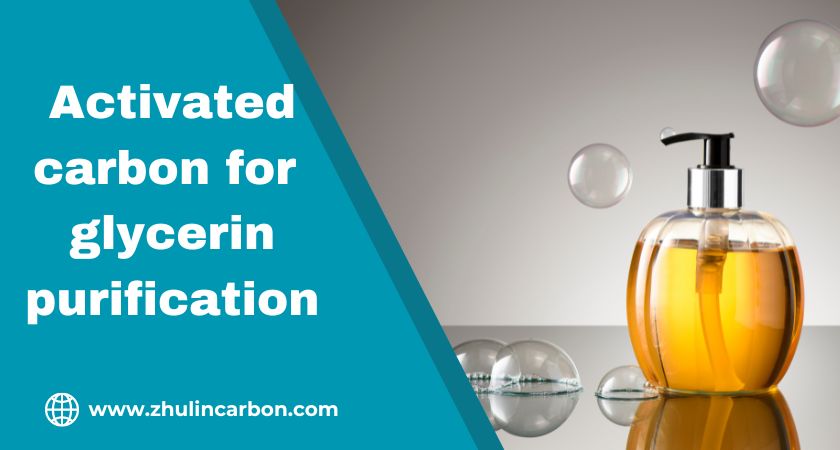
Source of glycerin
The industrial production methods of glycerol can be divided into four categories according to the source of glycerol, namely natural glycerol (saponification, hydrolysis, alcoholysis), fermented glycerol, biodiesel by-product glycerol, and synthetic glycerol. The current mainstream processes are the hydrolysis of natural glycerol and the by-product glycerol of biodiesel.Why does glycerin need for purification?
Improve Product Quality: During production, glycerin may contain natural pigments and impurities that can affect its appearance and quality. Decolorization helps to achieve a clearer and more aesthetically pleasing product.Meet Industry Standards: Many industries require glycerin to meet specific purity and color standards for use in pharmaceuticals, cosmetics, and food products. Decolorization ensures compliance with these stringent requirements.
Enhance Purity: Removing colorants and impurities enhances the overall purity of glycerin, making it more suitable for sensitive applications where high purity is essential.
Increase Market Value: High-purity, colorless glycerin is often more valuable and preferred in the market, leading to better commercial opportunities for producers.
What is the Process of Refining Glycerin?
The refining process of glycerin is crucial to eliminate impurities and ensure its purity meets stringent industry standards. Here's a detailed look at how crude glycerol is refined:Purification of Crude Glycerol
Crude glycerol is typically obtained as a byproduct from biodiesel production or other chemical processes. To refine crude glycerol, it undergoes several purification steps:Pre-Treatment:
Crude glycerol is first subjected to pre-treatment processes such as filtration or centrifugation to remove solid impurities and larger contaminants.
Distillation:
Distillation is a primary method used to purify glycerin. In this process, crude glycerol is heated under reduced pressure (vacuum) to evaporate and separate water and volatile organic compounds. This step is crucial for obtaining high-purity glycerin suitable for pharmaceutical and food applications.
Neutralization:
To remove residual acids and bases, crude glycerol may undergo neutralization. This step involves adding acids or bases to adjust the pH and further purify the glycerin.
Methods of Purification of Glycerin
Several advanced methods are employed to enhance the purity of glycerin:Ion Exchange:
Ion exchange resins are used to selectively remove ions from glycerol solutions. This method effectively reduces salt content and enhances the purity of glycerin, making it suitable for specific industrial applications.
Activated Carbon Adsorption:
Activated carbon is widely used in glycerin purification due to its exceptional adsorption properties. Activated carbon adsorbs colored impurities, odor-causing compounds, and trace contaminants, resulting in clear, high-quality glycerin.
Membrane Filtration:
Membrane filtration techniques, such as ultrafiltration and nanofiltration, are employed to separate and remove smaller molecular weight impurities from glycerol solutions, further refining its purity.
.jpg)
Choosing the right activated carbon for glycerin purification
Wood activated carbon is an ideal choice for glycerin purification due to its excellent adsorption properties. Its unique microporous structure and large surface area effectively remove pigments and impurities from glycerin, enhancing its purity and appearance. This not only results in a more transparent and clear glycerin product but also ensures that the final product meets the highest quality standards. By utilizing wood activated carbon, producers can achieve efficient decolorization and purification processes, ultimately improving the overall quality of glycerin.| Subject | Unit | Wood Activated Carbon Powder |
| Methylene blue | mg/g | 210-270 |
| Size | mesh | 200/325 |
| PH | / | 3-5 |
| Moisture | % | 10 min |
| Ash | % | ≤10 |

